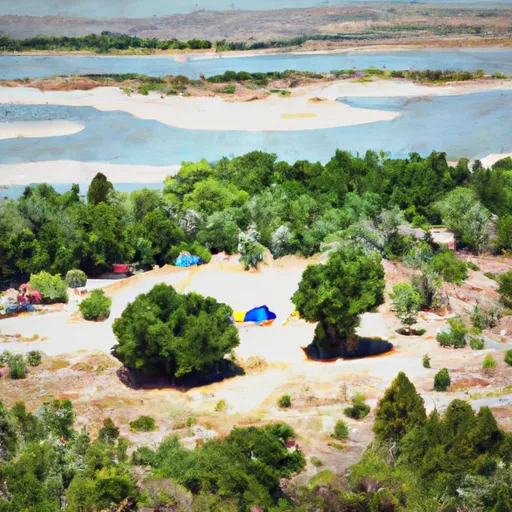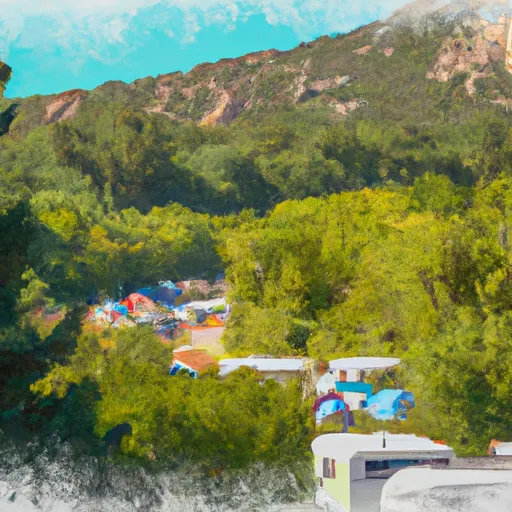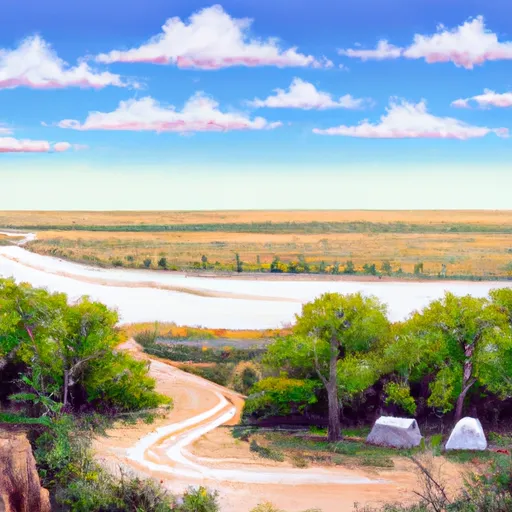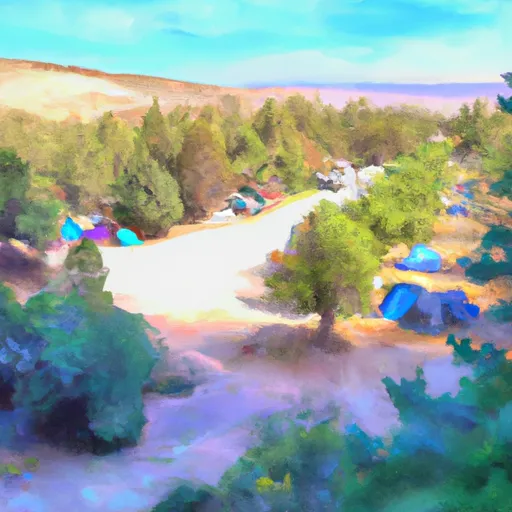Summary
The average high temperature in July reaches around 92°F (33°C), while the average low in January drops to about 19°F (-7°C). Precipitation is limited, with an annual average of around 14.5 inches (37 cm), primarily received during summer thunderstorms. The region benefits from abundant sunshine, with over 300 days of sunshine per year.
Hydrologically, Pueblo is situated along the Arkansas River, which flows through the city and provides opportunities for various water-based activities. The river is essential for irrigation and supports a diverse range of wildlife. Additionally, Pueblo is home to the Pueblo Reservoir, a popular spot for boating, fishing, and camping. The reservoir covers approximately 4,500 acres and offers stunning views of the surrounding landscape.
Outdoor enthusiasts will find numerous recreational opportunities in Pueblo. The city boasts exceptional parks and trails, including Lake Pueblo State Park, where visitors can engage in hiking, biking, wildlife viewing, and water sports. The nearby San Isabel National Forest provides opportunities for camping, fishing, and exploring scenic mountains and forests. Pueblo also hosts events like the Colorado State Fair, attracting visitors from all around. With its pleasant climate and diverse outdoor offerings, Pueblo is an ideal destination for nature lovers and adventure seekers.
Weather Forecast
Pueblo receives approximately 316mm of rain per year, with humidity levels near 63% and air temperatures averaging around 12°C. Pueblo has a plant hardyness factor of 5, meaning plants and agriculture in this region thrive during a short period during spring and early summer. Most plants will die off during the colder winter months.

 Arkansas Point - Lake Pueblo State Park
Arkansas Point - Lake Pueblo State Park
 Juniper Breaks - Lake Pueblo State Park
Juniper Breaks - Lake Pueblo State Park
 Prairie Ridge Campground
Prairie Ridge Campground
 Eagle View Campground
Eagle View Campground
 Northern Plains - Lake Pueblo State Park
Northern Plains - Lake Pueblo State Park
 Yucca Flat Campground
Yucca Flat Campground
 Drew Dix
Drew Dix
 Plaza Verde
Plaza Verde
 Mineral Palace Gardens
Mineral Palace Gardens
 The Pitts
The Pitts
 Fountain Creek Corridor
Fountain Creek Corridor